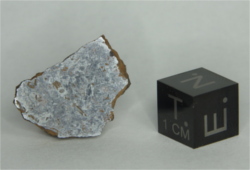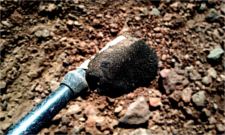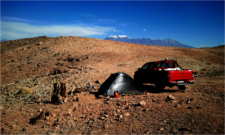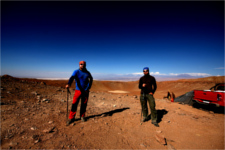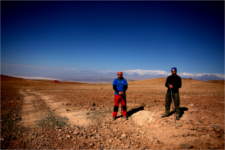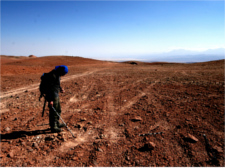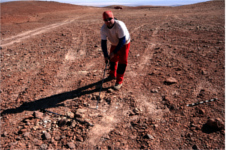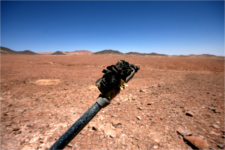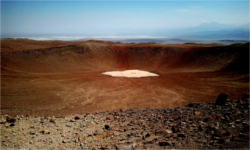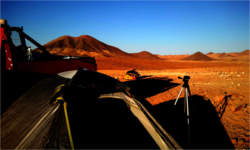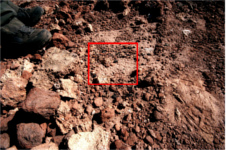Monturaqui crater
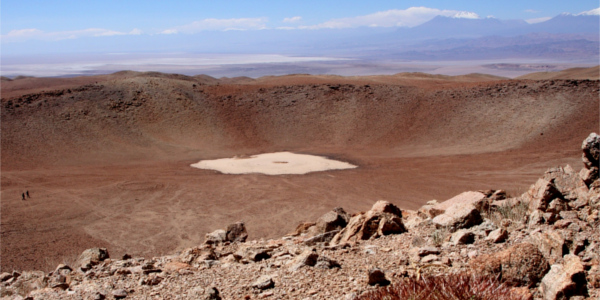
One of the most impressive meteorite craters in South America is Monturaqui Crater. It was first described in scientific literature in 1966 (Sanchez, Cassidy) – then it got its name too. The site is located approximately 3,000 m above the sea level.
About 660,000 years ago an iron meteorite slammed into the mountains of northern Chile, creating a giant crater. It is still clearly visible today, and is one of the most remarkable meteorite sites on earth. Most of the meteorite vaporized on impact, and only about 4 kg (9 pounds) of material has been recovered, making it one of the rarest iron meteorites in the world.
Meteorites have been collected during a 5-day search. We managed to map the impact of a cca 5 kg piece of the original meteorite, which has been teared off the iron meteorite right before the impact.
On the map you can see the exact location and the direction of the impact of this meteorite, which was mapped during the exploration based on the found specimen.
It's evident that from the original meteorite only a few kilograms survived which separated from the whole meteorite right before the impact. That's why this meteorite is precious and unique.
Coordinates: 23º 55.4'S, 68º 15.4'W
Country: Chile
Region: Atacama desert
Found: 1966
Type: Iron meteorite, IAB
Composition: Fe, MgFe, CaTiO3, Ti, Ni, Mg

